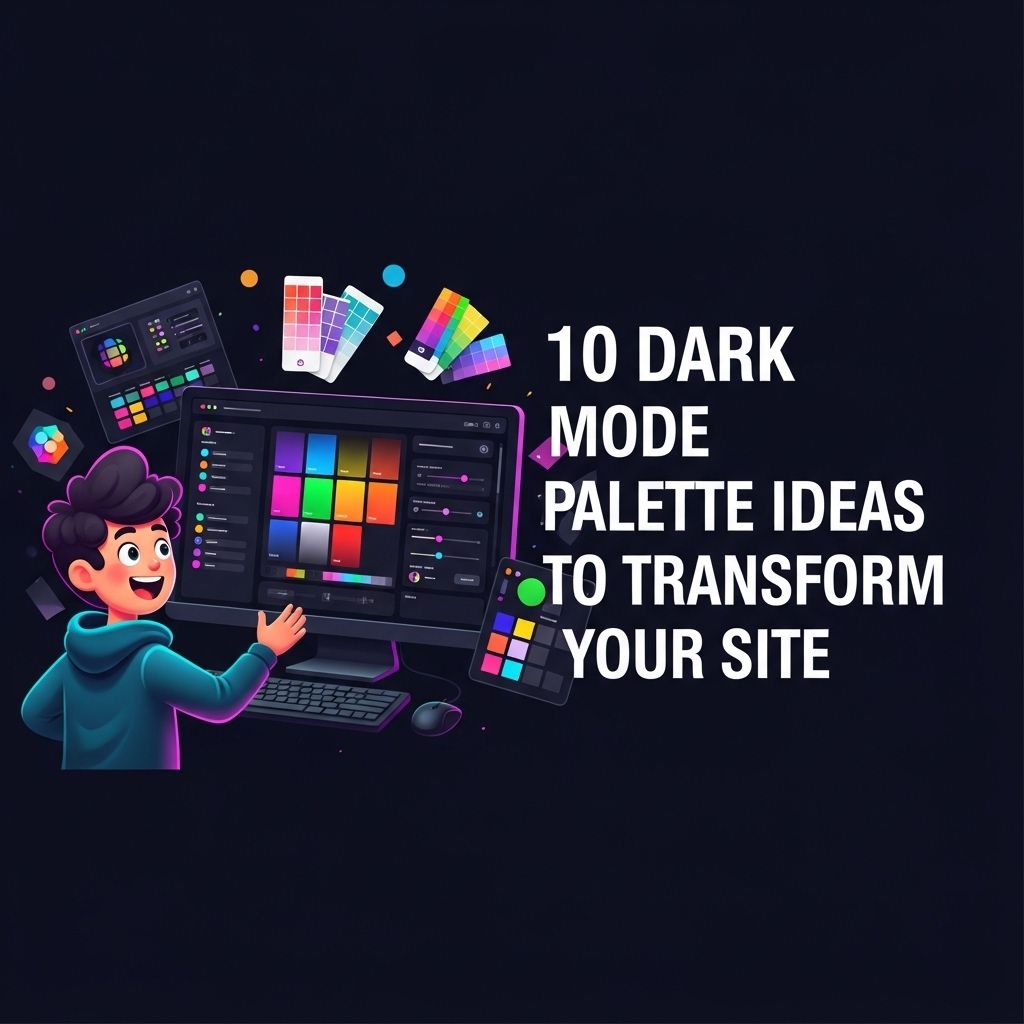Color is one of the most pivotal elements in web design. The right color scheme can enhance user experience, improve navigation, and ultimately lead to better engagement and conversion rates. With a myriad of colors available, choosing the perfect palette for your website can be daunting.
Understanding Color Theory
Before diving into specific color schemes, it’s essential to grasp the basics of color theory. Color theory encompasses various concepts regarding how colors interact and work together.
Color Wheel
The color wheel is a circular diagram of colors arranged logically. It helps designers choose colors that work well together. Here are some essential terms:
- Primary Colors: Red, blue, and yellow are the foundation of all colors.
- Secondary Colors: These are created by mixing primary colors (e.g., green, orange, and purple).
- Tertiary Colors: Made by mixing a primary color with a secondary color.
Color Harmony
Color harmony refers to the pleasing arrangement of colors. Designers often use the following schemes:
- Complementary: Colors opposite each other on the wheel.
- Analogous: Colors next to each other on the wheel.
- Triadic: Three colors evenly spaced around the wheel.
Top 10 Color Schemes for Websites
Now that we understand color theory, let’s explore ten powerful website color schemes that can elevate your design.
1. Monochromatic Scheme
A monochromatic color scheme uses shades, tints, and tones of a single color. This approach creates a cohesive and sophisticated look.
Example: Using various shades of blue can instill trust and professionalism, making it a perfect choice for corporate sites.
2. Complementary Scheme
Complementary colors increase visual interest. Pairing colors that are opposite each other on the color wheel can create vibrant contrasts.
Example: Blue and orange can evoke energy and enthusiasm, ideal for creative agencies.
3. Analogous Scheme
This scheme consists of colors next to each other on the color wheel. It provides a serene and comfortable design.
Example: Yellow, orange, and red create a warm, inviting atmosphere, perfect for food blogs.
4. Triadic Scheme
The triadic scheme uses three evenly spaced colors on the wheel. This approach ensures balance while being vibrant.
Example: Red, yellow, and blue create a playful and dynamic feel, suitable for children’s products.
5. Split-Complementary Scheme
This is a variation of the complementary scheme, using one base color and two colors adjacent to its complementary color.
Example: A green base with red-orange and red-purple can create a visually striking website.
6. Tetradic Scheme
The tetradic scheme involves two complementary color pairs. This layout allows for intricate and colorful designs.
Example: Using blue, orange, yellow, and purple can create a lively and diverse visual landscape.
7. Neutral Scheme
Neutrals (grays, blacks, whites, and browns) are essential for balancing out vivid colors or creating a minimalist design.
Example: A gray and white palette with splashes of bright colors can enhance artistic content without overwhelming the viewer.
8. Pastel Scheme
Pastel colors are soft shades that can create a calming effect and are often used in lifestyle and wellness websites.
Example: Use soft pinks, blues, and greens for a soothing look ideal for health-related sites.
9. Dark Mode Scheme
Dark mode uses dark backgrounds and lighter text. It’s not just a trend; many users prefer it for its aesthetic and reduced eye strain.
Example: A dark gray background with bright teal and white text can create a sleek look for tech websites.
10. Earthy Tones Scheme
Earthy colors like browns, greens, and muted yellows create a natural and organic feel, perfect for eco-friendly brands.
Example: Combining deep greens, browns, and soft creams can align well with environmentally focused companies.
Choosing the Right Color Scheme
To select the right color scheme for your website, consider the following factors:
- Brand Identity: Ensure the colors align with your brand message.
- Target Audience: Understand the preferences of your audience.
- Industry Standards: Some industries have established norms (e.g., blue for tech companies).
Testing Your Color Scheme
Before finalizing your color palette, conduct tests with your target audience. Use tools to create mockups and gather feedback. Here’s how to do it:
- Create multiple color variations and mockups.
- Share them with stakeholders or potential users.
- Collect feedback on aesthetics and emotional responses.
Conclusion
Color is more than just a design element; it’s a powerful tool for communication and engagement. By understanding color theory and experimenting with various color schemes, you can create a visually appealing and impactful website. Remember to stay true to your brand while adapting to user preferences. With the right colors, your website can leave a lasting impression on viewers.
FAQ
What are the most effective color schemes for websites?
Effective color schemes often include combinations like blue and white for professionalism, red and black for boldness, or pastel colors for a calming effect.
How do color schemes affect user experience on websites?
Color schemes can greatly influence user emotions and behavior, making it easier or harder for them to navigate and engage with the content.
Which color scheme is best for e-commerce websites?
High-contrast color schemes that emphasize calls-to-action, like orange and blue, are often most effective for e-commerce sites.
Can color schemes impact website conversion rates?
Yes, the right color scheme can enhance readability and draw attention to key elements, improving conversion rates significantly.
What are some popular color combinations for a modern website?
Popular modern combinations include teal and gray, navy and gold, and soft pink with dark gray for a stylish look.
How do I choose the right color scheme for my website?
Consider your brand identity, target audience, and the emotions you want to evoke when selecting a color scheme for your website.




